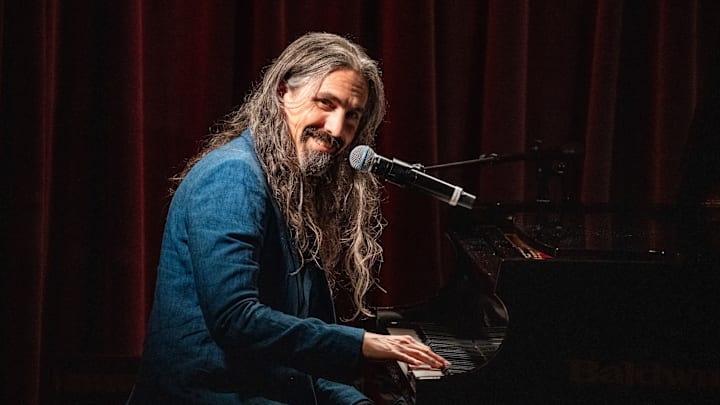In 2013, Netflix changed everything. What had begun as an online DVD delivery service had steadily morphed into one of the first streaming platforms over the course of several years, generating original content for viewers to watch for a subscription price.
While this endeavor was ambitious, aiming to circumvent traditional physical release sales and cable in favor of a new business model, it wasn’t until 2013 that bona fide change began to occur. When the platform released the first season of House of Cards, a season of television spearheaded by Academy Award-nominated director David Fincher, starring then-A-List stars like Kevin Spacey and Robin Wright, it changed the game. Suddenly, streaming has been legitimized, and everyone wanted in.
Less than ten years later, there were dozens of different streaming services, all attempting to cash in on this new market. Various studios and companies each got their own distinct streaming service and began holding onto the streaming rights of their own properties so as to differentiate themselves: Disney got Disney+, Warner Bros. got HBO Max, Universal got Peacock, etc. But the closest one-to-one in terms of the Netflix business model actually came in the form of Amazon Prime, a pre-existing company that pivoted into building a streaming platform with original content to great success.
Now, as all of these various streaming platforms struggle amidst an oversaturated market, it has become an arms race of homegrown blockbuster entertainment.
For the final season of Game of Thrones, HBO was spending $10 million per episode. For its original Star Wars series’ such as The Mandalorian and Obi-Wan Kenobi, Disney+ was hitting similar heights. For its most recent season of Stranger Things, Netflix was dropping a reported $30 million per episode.
In their own effort to keep up with the competition, Amazon Prime bought the rights to Lord of the Rings and created The Rings of Power, whose most recent season featured over 6,000 visual effects shot across its eight-episode run.
“It’s a really amazing amount of variety that I honestly don’t think has ever been done at this scale,” says VFX supervisor Jason Smith when discussing the sheer variety and breadth of visual effects work done to bring the series’ eclectic mix of characters, settings, and climactic events to life. In speaking with The Hollywood Reporter, Smith revealed that the 8-episode season pushed things to the next level in what was described as quite possibly setting a record for the number of visual effects used.
"A blockbuster two-hour movie will have 1,500 to 2,000 effects shots. And the really big shows with a lot of effects usually have an effects sequence and then will have an emotional scene in a cafeteria or something. Every scene we have, there’s some part of the world that’s being created — and hopefully a lot of ‘invisible’ effects that nobody notices," Smith shared. "With 6,000 shots, it’s like a watch factory that explodes in reverse, and at the very end, everything comes together. It’s a dream project.”
When Amazon bought the rights to Tolkien’s work and took up the challenge of creating new live-action Lord of the Rings material, they knew they had a monumental challenge on their hands.
The Peter Jackson films are only twenty years old and still regarded as definitive adaptations by Tolkien scholars and casual film fans alike, so adding to that legacy meant delivering a no-holds-barred, fully realized fantastical world on the small-screen.
As Smith’s quotes clearly demonstrate, the team took this challenge to heart and delivered a series that eclipses even the most big-budget efforts of other streaming series. Season 2 took the visual effects to a whole new level, and there's no telling what could be in store come season 3. If a record wasn't officially set with the show's VFX in season 2, we have a feeling one could easily be set come season 3!
